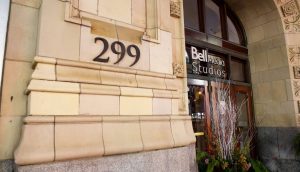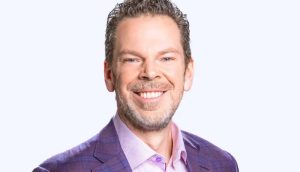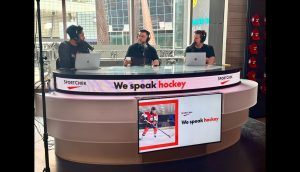PHD Canada has won the media planning and buying business for Gap Inc., which includes brands such as Gap, Old Navy and Banana Republic, following a North American review of the company’s media.
PHD was the incumbent in the US, but expanded its remit under the review, adding strategic planning, radio and OOH to the mix. In Canada, the business is brand new, although PHD did a test run of sorts with Old Navy this fall, handling the brand’s fall TV buy, Fred Forster, president, PHD Canada, tells MiC.
‘They didn’t know us here, so they wanted to check us out and see how we performed,’ he says. ‘They wanted to see how they worked with us and how we worked with them and how we were able to achieve the objectives they had put forward. We were able to do that, and we developed a great six-month relationship.’
‘They basically hired us outside of the North American review, which was kind of nice… they were going to hire us whether we won in the US or not.’
Gap’s global media spend is almost $500 million, $420 million of which gets spent in the States, according to an Ad Age report. The other $50 million is doled out globally.
Forster declined to comment on Canada’s share of the spend, but confirmed that it is a ‘significant piece of business’ for the agency.
Prior to PHD’s short-term contact with Old Navy this fall, media buying on the account was handled by Starcom in Toronto. Planning is a new category for the Gap’s Canadian operations; previously, all the brand’s planning was handled out of California.
TV has always been a strong focus for Gap and Old Navy, and the brand challenged PHD during the fall TV buy to prove that the agency could keep up, Forster says. It also challenged PHD in the review to come up with ‘new thinking in digital,’ an area the brand would like to increase its focus on.
‘They’re a client that needs to be very nimble simply because of the category they are in,’ Forster explains. ‘So that was one of the things they challenged us with: how do we act and react very quickly in the marketplace. So we were able to demonstrate that and I think that went a long way in reassuring them that we could do what they needed done here.’























